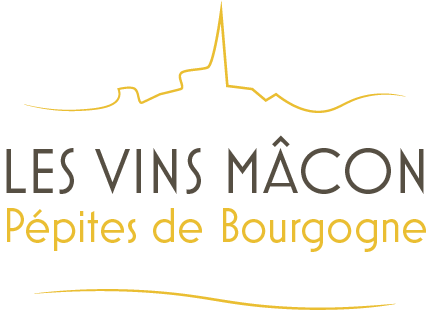Mâcon-Bussières
The wines
White wines
Light yellow with hints of greeny gold, Mâcon-Bussières whites seduce from the first whiff, thanks to an elegant profile recalling spring flowers like acacia or wild white rose, and the juice of autumn fruit like pear. More complex aromas evoking spices like aniseed are gradually revealed with a little patience. They are vigorous and lively on the attack, underscoring this sophisticated feel, procuring a fairly long and indulgent finish.
Red wines
The little-known red Mâcon-Bussières is produced from the Gamay grape which flourishes in this village’s warm spots on siliceous soils that are perfect for encouraging it to express itself. A lovely garnet color with deep hints of violet is typical of the varietal. On the nose, fruity fragrances recall preserved fruits like gooseberry and crushed raspberries. They are smooth in the mouth with melting tannins and lightly spiced notes of cinnamon.
COLORS
Production

mâcon-Bussières
An additional geographical denomination that is part of the Régionale Mâcon appellation in the Mâconnais.
According to the 2005 specifications rules, the name Mâcon-Bussières refers to white, red, and rosé wines grown within a defined area in the village of Bussières.
Situation
Carved out by the course of the Petite Grosne river to the south and that of its tributary, the Fil, to the north, the heart of the terroir of Bussières is the first notable hill of the southern Mâconnais. To the west, this vine-growing area meets the first plots of Mâcon-Pierreclos and Mâcon-Milly-Lamartine, while beyond the Petite Grosne are the first slopes of Vergisson, classified as Pouilly-Fuissé.
“It is on the Earth an arid mountain, which carries on its flanks neither woods nor clear streams,” […] “And is coveredeverywhere with rocks ready to fall,” […] “This debris as it fell formed, from age to age, a hillside that grows smaller and, fromlayer to layer, bears, sheltered from the walls,” […] “some vines whose branches, seeking the maple in vain, meander on theEarth or crawl on the sand.” This is how the poet Alphonse Lamartine viewed the harshness of Monsard from the higher land of Milly in his poem entitled “Milly or my Homeland”, which was published in 1830. More than an inspiring landscape, the steep slopes of Bussières with their box plants were the playground of the young Alphonse, who went there daily according to his tutor-turned-confidante, Abbot Dumont, priest of the church of Saint-Paul from 1803. A tormented man, he was a wine négociant before taking the habit, and Lamartine secretly based his poem “Jocelyn” on him, published in 1860.
Terroir
Level 1
The vines of Bussières, planted between 250 and 350 meters above sea level, cover two hillsides facing one another. Beyond the Petite Grosne, the vines face north (Les Cornins, Mont Brison). On the flanks of the Monsard, from Le Grand Bussières to Le Petit Bussières, those plots facing south-southwest enjoy some lovely sunshine. On the edge of Pierreclos, the vines face southeast (Les Fourneaux), which is perfect for the Gamay grape.
Niveau 2
In this area of transition between sedimentary rock and crystalline base, acidic sandy-clay soils begin to appear, to the west of Bussières and in the lieu-dit of Les Cornins, while at the foot of the Monsard and En Prole, the stony soils made up of hard limestone offer the perfect material for building walls around the clos, namely Sinemur limestone with gryphaea dating back some 200 million years, and Bajocian limestone with crinoid fossils that dates back around 170 million years.

